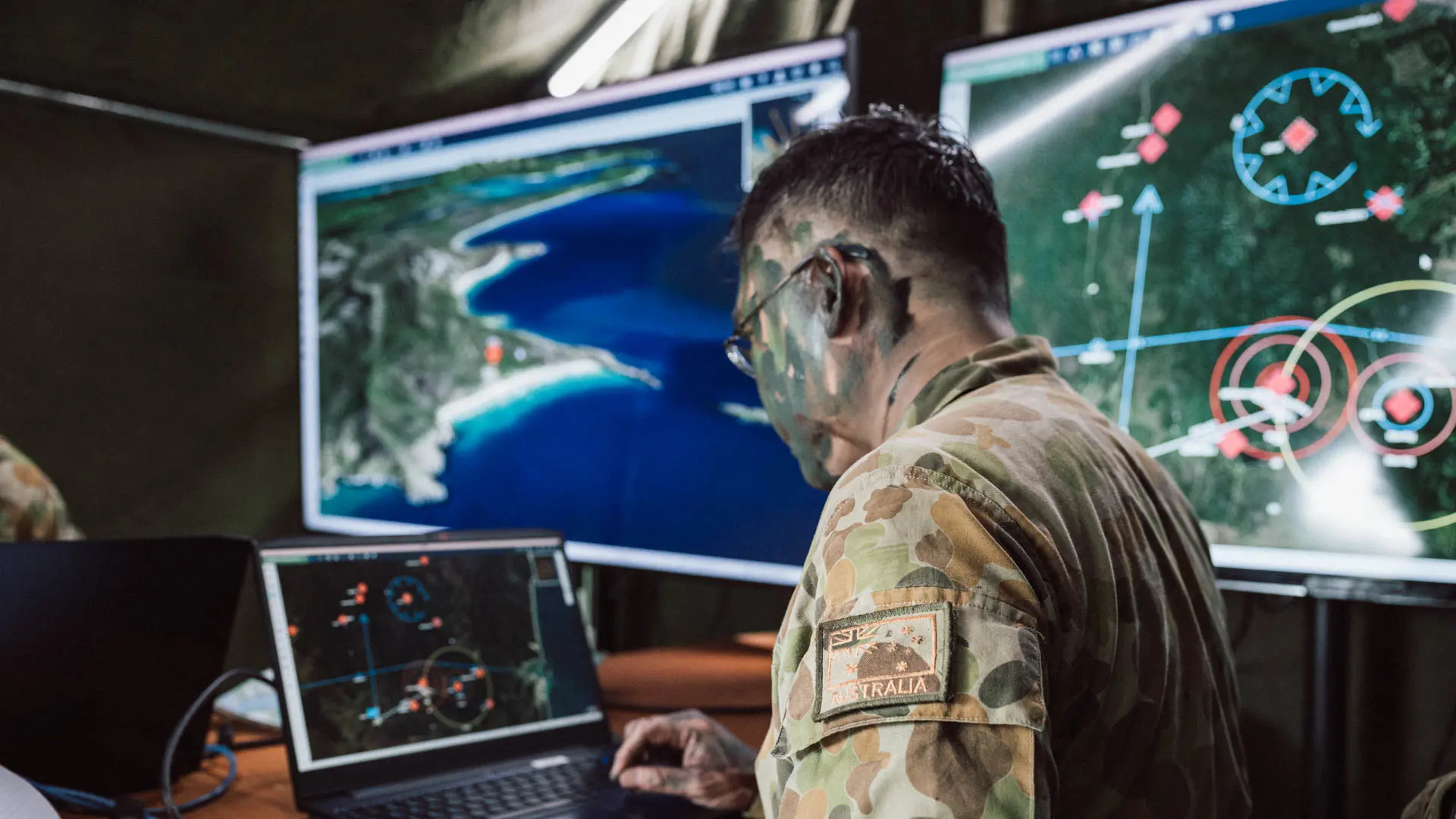Joint Fires: Surviving and exploiting the most lethal capability on the battlefield
The blog post is written by Tim Ventham, Former Royal Artillery Colonel & now Business Development Manager at Systematic.
The battlefield of today has evolved dramatically. As we have seen from the conflicts in Ukraine and elsewhere, today's fight is more spread out, much more reliant on data, and with a greater variety of weapons than anything we've seen before. A significant factor driving this change is a return to the prominence of fire support; this seems especially so to Western observers, whose view was turned away from full-scale warfare in recent decades and whose budgets were prioritised elsewhere.
Others, notably Russia, never lost their focus on firepower; and never compromised their mass to deliver it.
Why firepower still wins battles
Fire support is no longer simply about a linear relationship between target acquisition and fire control. It's now about orchestrating an entire ecosystem - sensors, targeting systems, data, command and control, logistics - all working in concert.

Recent conflicts have hammered home a lesson we can't afford to forget: firepower still wins battles. Ukraine’s experience focused our attention on the close-in battle where incredible developments in drones changed fire support immensely and has blurred the traditional distinction between direct and indirect fire. But firepower in the deeper battle – where the close battle is ‘shaped’ and the conditions for success are created – is also resurgent and also developing fast. Ukraine again offers a signpost – with increasingly strategic targeting deep into Russia.
Find and strike faster than the enemy
The real challenge isn't solely whether you can hit a target. It's whether you can find it, coordinate the response, and act faster than the enemy. It’s not just speed that matters, it is also the challenge of this vastly enlarged battlefield; where and how to find and strike at range.
Doing this effectively relies on integrating capabilities that originate beyond the land environment – including satellites, air-strikes, long-range maritime missiles, and increasingly, cyber effects too.
This is where modern fire support coordination and integration become central to success.
Distance is no longer the best protection - modern C2 is
“Distance until recently felt like protection – but modern weaponry is capable of hitting a headquarters hundreds of miles from the front.” And highly-identifiable military communications light up headquarters in the darkness of the electromagnetic spectrum. Survival demands a blend of spreading out, moving, getting underground and limiting and concealing communications; but crucially without losing your ability to work together. This is a tough ask.
Modern C2 systems make that possible, keeping staff connected and coordinated whether they're underground, in armoured vehicles, or on the move. When your HQ is a priority target, that resilience isn't just a ‘nice to have’ - it's essential.

And firepower itself is exploding in scale and complexity. With the proliferation of drones, loitering munitions and long-range precision weapons that can reach hundreds of kilometres - the sensor-to-shooter chain has become a web of possibilities. Managing that complexity demands systems that can cut through the noise, filter massive data streams into clear intelligence, and match the right weapon to the right target in seconds, not minutes.
This is why C4ISR capabilities, once seen as an enabler, have become fundamental to survival and tempo in modern firepower-dominated battle
How AI will evolve to assist rather than decide
Automation will speed things up, and offer an urgently needed opportunity to shrink headquarters; many traditional staff tasks are obsolete in the digital age. But let's be clear: when it comes to authorising lethal force, qualified human judgement will remain essential. This isn't about replacing commanders - it's about giving them the clarity they need to make the right call, when it matters most. Here, artificial intelligence in military operations helps sharpen decisions, not make them.
For NATO and allied forces, this isn't theoretical. It's happening now. SitaWare is NATO’s land C2 solution of choice precisely because it delivers what commanders actually need: truly dispersed operations, a common operational picture that everyone can trust, and the ability to integrate modern joint fires at the speed and scale the mission demands.
As ranges expand and threats evolve, integration is no longer a competitive advantage. It's the baseline for survival.









